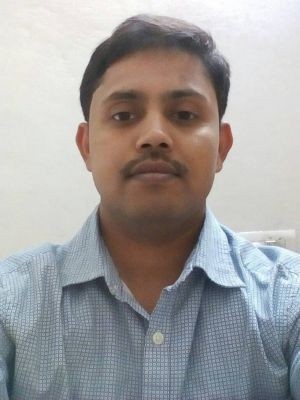Room 202, School of Arts and Sciences
Central Campus
Ahmedabad University

The emergence of the very First Stars in our observable universe has persuaded a number of groups to work persistently from a theoretical perspective as well as through state-of-the-art observations. In this talk, we will briefly discuss the physical concept and the complex process from the point of view of a broad audience that is likely to gain a rudimentary understanding of this highly exciting area of "Theoretical Cosmology". Within that framework, we present a computational set-up of classical solid-body rotations of different realisations of the unstable gas clumps that formed within the dark matter minihalo. The high-resolution 3D simulations are capable of investigating the protostellar evolution and development of the circumstellar disc that fragments further to form the multiple protostars. In this context, we also elaborate on our current understanding of their possible existence in present-day galaxies, which has become one of the prime interests of modern cosmology.
Earlier, he worked at IISER Mohali as a postdoctoral fellow and at Scuola Normale Superiore (SNS) Pisa, Italy, as a Visiting Fellow after completing a PhD in 2016 from the University of Evora in Portugal, in collaboration with the Institute of Theoretical Astrophysics, Heidelberg University, Germany, and the Raman Research Institute, Bangalore. At Harish-Chandra Research Institute, he has taught a few MSc and PhD courses. He was a recipient of a few international grants, awards, and fellowships and also served as the principal investigator of the NPDF project by the Science and Engineering Research Board (SERB), DST.